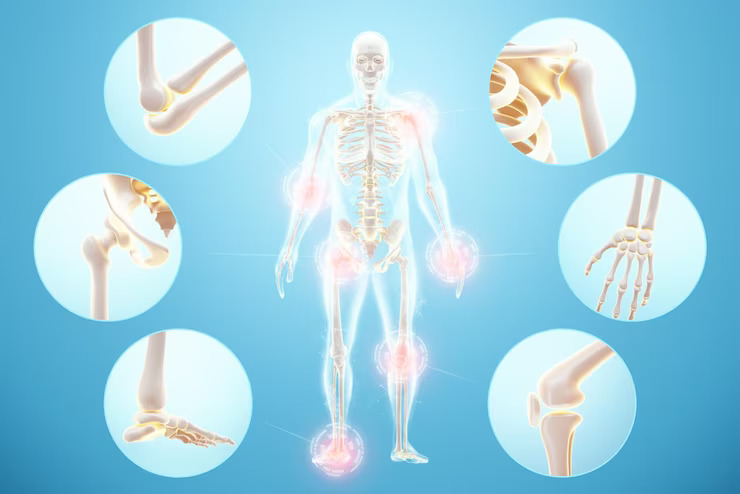
Partial Meniscectomy
The partial Meniscectomy procedure is carried out arthroscopically. In these situations, the torn meniscus is resected in an effort to maintain and shape as much of the remaining meniscus as feasible in order to preserve as much shock-absorbing capacity as possible while simultaneously attempting to reduce the possibility of a re-tear.
Two small incisions are made during surgery, one for the arthroscopic camera and the other for the arthroscopic tools, on either side of the patellar tendon. The meniscus tear is “saucerized” to remove any edges that could catch in the joint and create additional discomfort, while also attempting to retain as much meniscus as possible.
Conditions Treated
- Methods to lessen the chance that the meniscus will rip again
- Meniscus tears can be excised using an arthroscopic technique
- Attempts to protect the remaining meniscus in order to absorb trauma
Emergency?
24 Hour Ready
Call Us for Emergency
+91-9828501360
Book an Appointment
Seamless Fitness Care Access: Booking an Appointment with Your
Trusted Doctor
Partial Meniscectomy FAQ's
The meniscus is a C-shaped cartilage in the knee joint that acts as a cushion and stabilizer between the thigh bone (femur) and shin bone (tibia). Partial meniscectomy is a surgical procedure used to treat a torn meniscus by removing the damaged portion of the meniscus.
A partial meniscectomy involves the removal of the damaged or torn part of the meniscus. The surgeon trims or shaves away the damaged tissue, leaving as much healthy meniscus intact as possible.
Recovery from a partial meniscectomy varies depending on the individual and the extent of the surgery. Generally, patients can start weight-bearing and walking soon after surgery. Full recovery may take several weeks to months. Physical therapy may be recommended to regain strength and mobility.